At Lean Mean Green Health, I work with athletes. While not all of my athletes would consider themselves as such when we first start working together, I am a firm believer in the idea that “if you have a body you are an athlete” (how you try to use, or not use, that athleticism is up to you). Furthermore, as is stated at the very top of my website, I specialize in working with those who are pursuing a physical passion. From weightlifters to runners, from tactical athletes to yoga instructors, I have spent most of my career working with those who are chasing athletic goals. Due to this, it is not uncommon that I will be asked about post-workout nutrition. When should it happen? What should it consist of? What should be prioritized, and what should be avoided? Well team, today’s the day we make things clear(er) - Let’s go over some key points of post-workout nutrition.
When should you have your post-workout nutrition? Post-workout nutrition should happen within 30 minutes of finishing your training. This is important for a few different reasons. First, eating within this window will help rebuild and repair muscle stores, and replenish muscle and liver glycogen (stored carbohydrates). In addition, our cells are more sensitive to insulin after a workout. While we have often been led to believe that insulin is bad, this is not always the case - especially for athletes! Capitalizing on this insulin sensitivity better facilitates the entry of glucose, which can then be stored and used as glycogen in the future. Finally, quickly replenishing glycogen in the muscles will help prevent unnecessary protein breakdown.
What should your post-workout nutrition look like? The answer to this question gets a little more nuanced based on who you are and what your training looks like. For example, your post-workout meal will probably look different if you just completed an Ironman triathlon versus a weightlifting competition. That being said, there are a few reliable rules of thumb to follow. First, you want to make sure you’re having some quick-absorbing carbs (see the above point for why). This can mean anything from coconut water to applesauce to mashed sweet potatoes, just to give some examples. Second, you want to make sure you’re having some lean protein. Whether you are powerlifting or doing pilates, you want to make sure you’re giving your body what it needs to build and repair muscles and tendons. This can be anything from protein powder to chicken breasts to egg whites, depending on what works for your body and what you are able to quickly access after your training.
Is there anything you should try to eat, or anything you should try to avoid? As with the previous point, the answer to this will vary from person to person. If you don’t tolerate dairy, then a whey protein shake is not going to do you any favors. If you are dealing with autoimmunity, then egg whites aren’t going to be on your menu. Aim for the foods that you know you can grab within that 30-minute window, and aim for the foods that you know your body tolerates well. In addition to avoiding the foods that are going to irritate your body, you will also want to avoid consuming a lot of fat in your post-workout window. The main reason for this is because fats slow digestion, which will cause a delay in the delivery of carbohydrates and protein to your muscles. Furthermore, dietary fat will blunt the insulin spike, which will slow the shift of hormones from catabolic to anabolic.
As you pursue your physical passions, take these key points with you as you dial in your post-workout nutrition. Finding that perfect post-workout routine might take some trial and error, but you will be well on your way if you follow the guidelines above.
